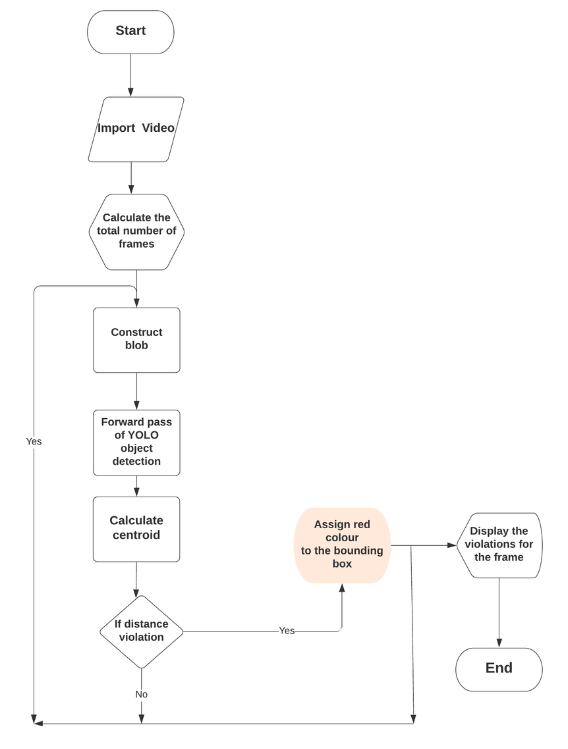Keeping an Eye On It: Object Tracking
What is Object Tracking?
Object tracking is a computer vision task that involves identifying and locating objects of interest
in a sequence of images or videos over time. This is crucial for applications that require
understanding the movement and behavior of objects.
Why is Object Tracking Important?
- Video Analysis: Understanding actions, events, and interactions in videos.
- Autonomous Systems: Enabling vehicles and robots to navigate and interact with the environment.
- Surveillance: Monitoring activities and detecting anomalies.
- Human-Computer Interaction: Understanding gestures and facial expressions.
Common Object Tracking Techniques
- Correlation-Based Tracking: Matching template patches between frames.
- Feature-Based Tracking: Tracking based on distinctive object features.
- Mean Shift: A non-parametric tracking algorithm.
- Kalman Filter: A probabilistic framework for tracking objects with uncertainty.
- Particle Filter: A probabilistic framework for tracking non-linear systems.
- Deep Learning-Based Tracking: Leveraging deep neural networks for robust tracking.
Challenges in Object Tracking
- Occlusions: Handling objects that are partially or fully obscured.
- Illumination Changes: Adapting to varying lighting conditions.
- Scale Variations: Tracking objects that change size in the image.
- Deformations: Handling objects that undergo shape changes.
- Background Clutter: Distinguishing objects from complex backgrounds.
Real-World Applications
- Traffic Surveillance: Tracking vehicles and pedestrians.
- Sports Analysis: Tracking athletes and analyzing performance.
- Medical Imaging: Tracking biological objects for analysis.
- Augmented Reality: Tracking objects for overlaying virtual information.
- Robotics: Enabling robots to interact with objects.
Visuals:
- A diagram illustrating the steps involved in object tracking.
- A comparison of different tracking algorithms.
Diagram: Object Tracking Process
Object tracking is a computer vision technique that involves identifying and locating an object in a sequence of images or frames. Here’s a simplified diagram illustrating the general steps involved:
- Flowchart illustrating the object tracking process

Comparison of Tracking Algorithms
| Algorithm | Pros | Cons | Applications |
| Correlation-Based Tracking | Simple, efficient | Sensitive to changes | Basic object tracking |
| Kalman Filtering | Handles noise, predicts future | Linear model, sensitive to errors | Vehicle tracking, robotics |
| Particle Filtering | Handles nonlinearities, robust | Expensive, tuning | Object tracking in complex environments |
| Mean Shift Tracking | Robust to scale and rotation | Sensitive to initialization | Tracking deformable objects |
| Deep Learning-Based Tracking | Handles challenging scenarios | Requires large datasets | Advanced tracking tasks |
